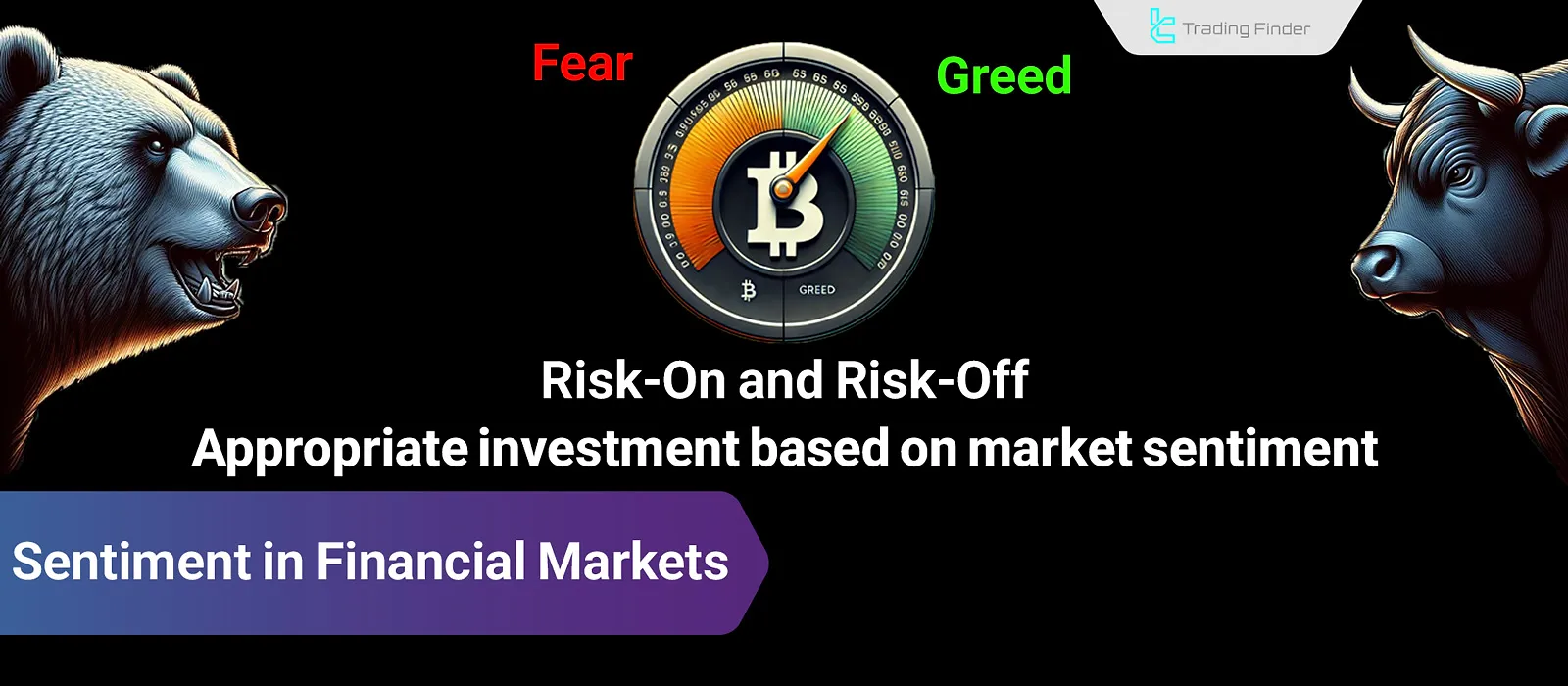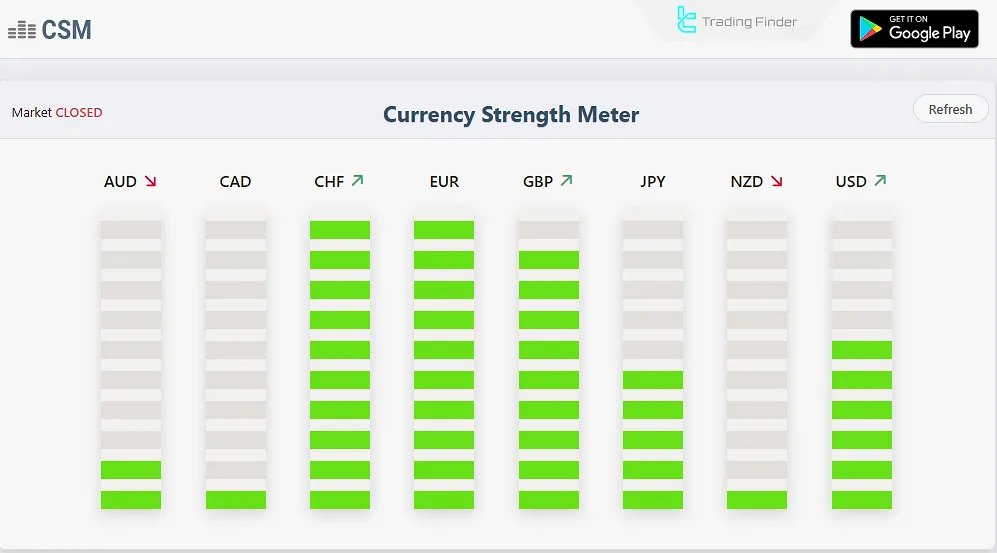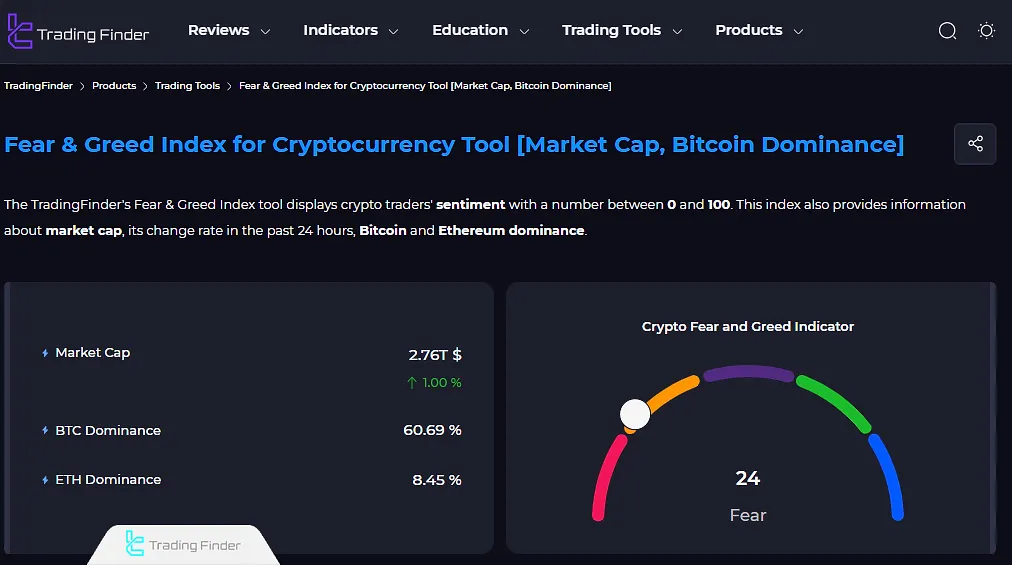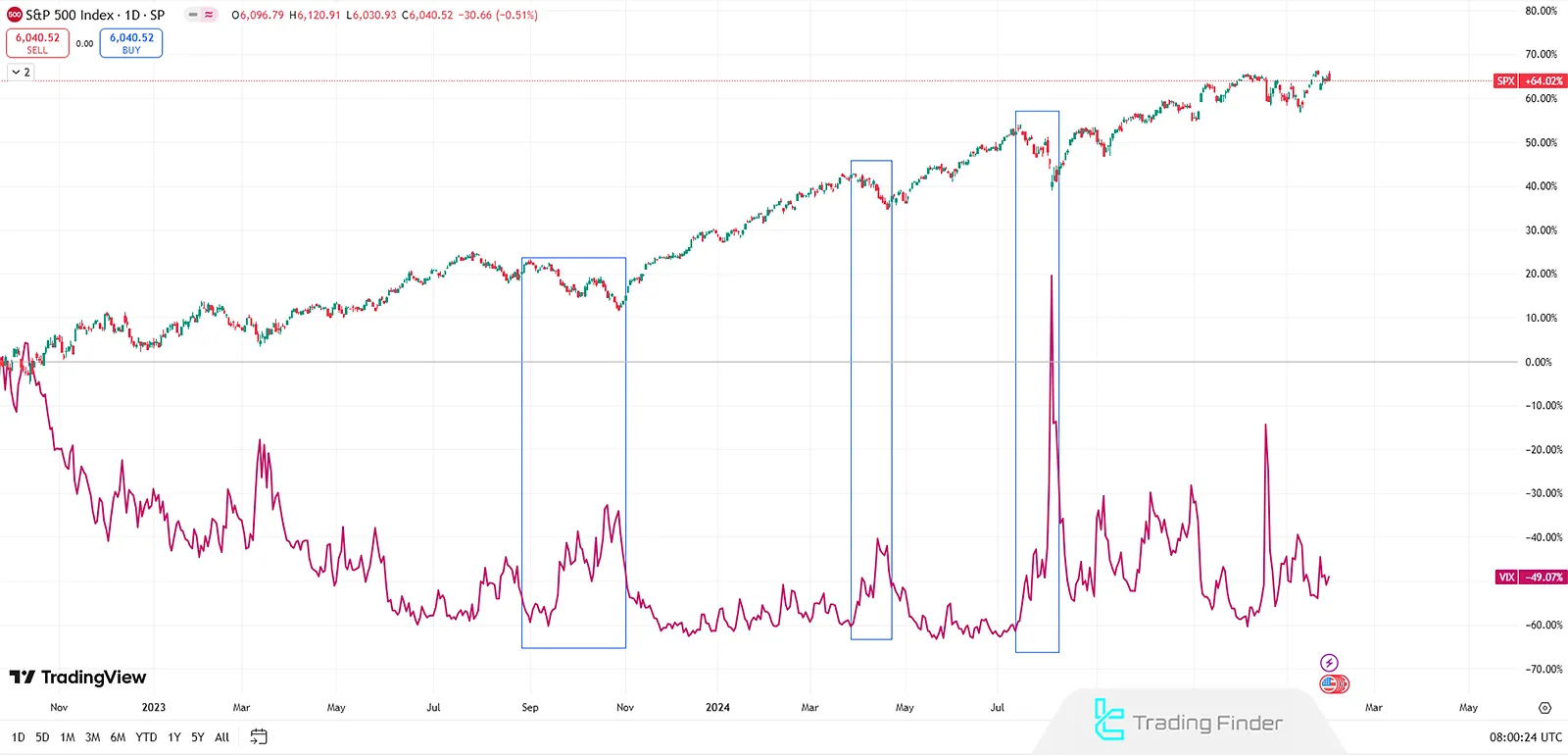Market sentiment is reflected through asset fluctuations. For example, if risk-on currencies strengthen and safe-haven currencies weaken, it indicates a risk-on environment—because demand for riskier assets has increased.
Fear or greed among traders are Fundamental analysis factors that shape price trends. Risk-averse sentiment refers to the fear of asset declines and the tendency of traders to invest in safe-haven assets like gold.
On the other hand, risk-on sentiment reflects the greed of traders for price increases and opportunities to buy risky assets such as cryptocurrencies and stocks.

What is Sentiment in Financial Markets?
Influenced by news, data, and existing risks, the market sometimes enters risk-off sentiment or risk-on sentiment.
Risk-On Sentiment
Risk-on sentiment usually arises when economic data points toward expansionary monetary policy. This Emotion occurs when the market expects lower interest rates, increased liquidity, and growth in the prices of risky assets.
However, risk-on Sentiment in Financial Markets is not solely driven by economic data. Generally, any factor that reduces uncertainty can increase risk-on sentiment in the market.
Example of Risk-On Sentiment in Financial Markets
For example, at the end of a contractionary cycle (high interest rates to control inflation), risk-on sentiment will emerge if inflation data is lower than expected and expectations of interest rate cuts strengthen. Assets likely to grow in price during risk-on sentiment:
- Stock market
- Cryptocurrency market
Risk-Off Sentiment
In risk-off sentiment, safe-haven assets such as gold and bonds are in demand. This sentiment arises when data points toward contractionary monetary policy or when risk and uncertainty about the future dominate the market.
Beyond economic data, political and geopolitical risks and any uncertainty about the future outlook can fuel risk-off sentiment.
Example of Risk-Off Sentiment in Financial Markets
For example, at the end of a contractionary cycle, if economic inflation data is higher than expected, expectations of interest rate cuts weaken.
This may lead to risk-off sentiment as high interest rates continue to keep liquidity levels low.
Categorizing Assets Based on Their Fundamentals
After identifying market sentiment, the appropriate asset should be purchased based on market Emotions.
Some Forex market currencies have a risk-on or risk-off nature, which strengthens or weakens according to market sentiment. Asset Fundamentals Table:
Asset | Risk-On | Risk-Off | No Sentiment |
CAD | ✔️ | ✖ | ✖ |
AUD | ✔️ | ✔️ | ✔️ |
NZD | ✔️ | ✖ | ✖ |
CHF | ✖ | ✔️ | ✖ |
JPY | ✖ | ✔️ | ✖ |
USD | ✖ | ✔️ | ✖ |
EUR | ✖ | ✖ | ✔️ |
GBP | ✖ | ✖ | ✔️ |
Gold | ✖ | ✔️ | ✖ |
Bonds | ✖ | ✔️ | ✖ |
Stock Market | ✔️ | ✖ | ✖ |
Bitcoin | ✔️ | ✖ | ✖ |
Ethereum | ✔️ | ✖ | ✖ |
How to Identify Market Sentiment?
Identifying Market Sentiment on CSM Website
Observing currency strength on the CSM website is one way to assess market sentiment. As shown in the image below, currency strength is indicated by the height of the bars. For example, given the strength of the US Dollar, Japanese Yen, and Swiss Franc, the market sentiment appears to lean more toward risk-off.
The strength of the Canadian Dollar, despite its risk-on nature, may be due to other factors such as rising oil prices or domestic economic news from Canada.

Fear and Greed Index in the Cryptocurrency Market
The Fear and Greed Index is used to assess trader sentiment in the cryptocurrency market. This index displays a number between 0 and 100, and changes in this value indicate rising levels of fear or greed among market participants.
During sharp price declines, the index enters the “Extreme Fear” zone (below 25), which signals a potential buying opportunity. Conversely, during price pumps, the index moves into the “Extreme Greed” zone (above 75), which is considered a signal to sell or take profit.

To check the sentiment of cryptocurrency traders, you can use TradingFinder Cryptocurrency Fear and Greed tool.
VIX Fear Index
This index shows the level of fear and uncertainty in the market (Traders' sentiment). If the VIX index rises, fear and uncertainty (risk-off sentiment) will increase in the market.
Conversely, a downward trend indicates investors expect reduced volatility and uncertainty (risk-on sentiment).
Note: The VIX index has an inverse relationship with the US stock market. As the VIX rises (fear in the market), stocks decline, and vice versa.

The index number is derived from traders' expectations of S&P500 volatility over the next 30 days.
Can the Market Lack a Specific Sentiment?
Sometimes, the market lacks a specific sentiment, and its movement proceeds naturally without the influence of public Emotions.
Sentiment forms in the market when significant events or economic data, such as central bank meetings, key economic reports, or specific news, are released.
Conclusion
Traders' sentiment is a concept that drives market fluctuations. In such conditions, investors optimize their investments by predicting Emotions through data and news, identifying sentiment by monitoring market fluctuations, and understanding the nature of assets.
The Fear and Greed Index, VIX, and currency strength are tools to help identify market sentiment.





